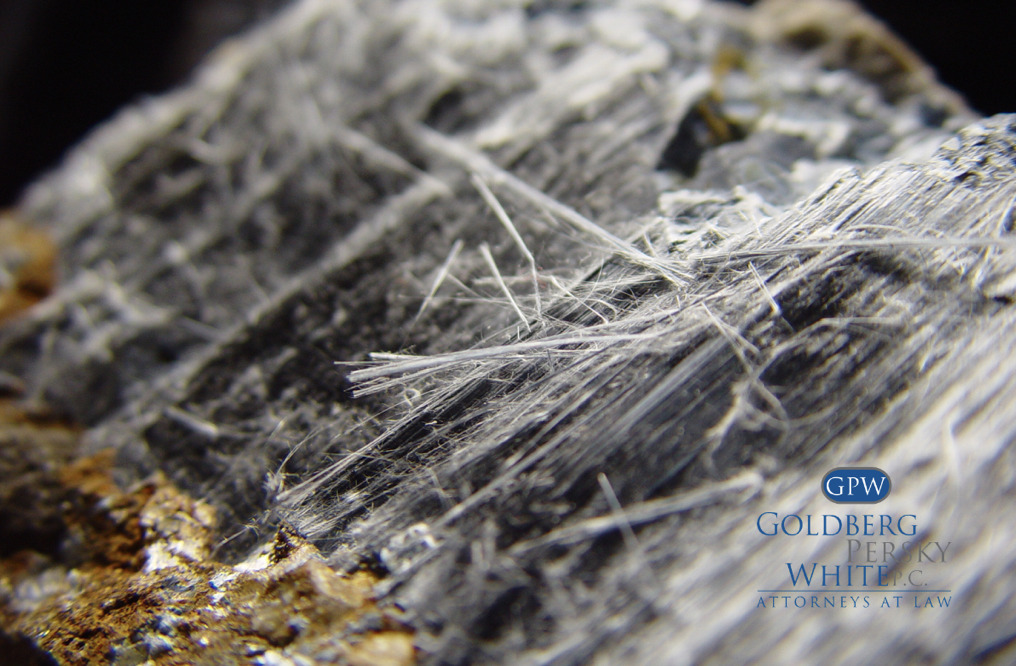Asbestos Imports Double in 2016; EPA Moves Forward with Potential Ban
In 2002, that last asbestos mine in the United States closed and since then all asbestos in the country today has had to be imported. Contrary to popular belief, asbestos is not banned in the U.S., but is heavily regulated. Shipments must be carefully moved so not disturb the fibers, and since raw asbestos must be mined, shipped, and stored, there is no fool-proof way to guarantee there is no risk of exposure.
Asbestos consumption in the U.S. has been decreasing slowly and steadily with each passing year since the late 1980s/early 1990s. The 2015 Minerals Yearbook showed that 343 tons of unmanufactured asbestos was consumed in the U.S.; down 16 percent from 2014. However, the most recent report for 2016 states that asbestos consumption has nearly doubled in the last year to 705 tons. These imports, which come from Brazil and Russia, are for the chlor-alkali industry – the only industry in the U.S. that still uses raw asbestos.
Last summer, the Frank R. Lautenberg Chemical Safety Act for the 21st Century was signed as an amendment to the Toxic Substances Control Act in hopes that over time asbestos will be completely banned in the U.S. By the end of 2016, the Environmental Protection Agency (EPA) had published a list of 10 chemicals to be evaluated first for potential health and environmental risks.
The process will not be a quick one as the EPA is required to release a scoping document for each chemical on the list that will include hazards, exposure, conditions of use, and a list of those in the population who can potentially be exposed. Months have passed, and as we close in on the last few months of 2017, the EPA is moving forward with these assessments, and getting feedback from the public from those who support the asbestos ban and those who are opposed to the notion.
The chlor-alkali industry is responsible for producing chlorine and sodium hydroxide, or caustic soda. Asbestos is used to make diaphragms which separate chlorine, caustic soda, and hydrogen. Those who work in the chlor-alkali industry do not support an outright asbestos ban, citing that not only is the industry handling the product safely, but that the alternatives for asbestos are not as efficient. There are alternative diaphragms that use polytetrafluoroethylene fibers, but in 2008, the ACC’s Chlorine Chemistry Division said that this process does not work as well, and recommends continuing to use asbestos. Additionally, the industry pointed out that asbestos is only used in 23 percent of the chlor-alkali industry, it is wetted down before use, and that safe handling pamphlets are updated every five years. In fact, the industry believes that the risk of exposure is so little, that finding an alternative would not be cost effective.
The wide-spread use of asbestos throughout the 20th century has allowed the carcinogen to be present today in many households, and household products. Its use in flooring, insulation, cement walls and siding, and as a fire proofing material has the potential to expose individuals for years to come if the asbestos becomes damaged and the fibers friable. Asbestos is the only known cause of mesothelioma, a fatal cancer that affects the lining of organs and soft tissue. The easily inhaled fibers are sharp, and become trapped, forever lodged in areas such as the lung, throat, stomach, and heart. Over time, these sharp fibers become further embedded into these organs and surrounding soft tissue, causing fibrosis, which can lead to tumor development. Additionally, these fibers are carcinogenic and can cause cancer even in the absence of fibrosis. Lung cancer, throat cancer, colon cancer, and asbestosis are all attributable to asbestos exposure.
At Goldberg, Persky & White, P.C., we understand that for years companies were putting profits above workers’ health. It was not until a string of lawsuits in the 1970s that companies admitted their negligence and took responsibility. For over 30 years, the attorneys at GPW have helped thousands of local workers protect their rights and those of their families. If you are suffering from an asbestos-related illness, contact us today for a free, no obligation consultation.



